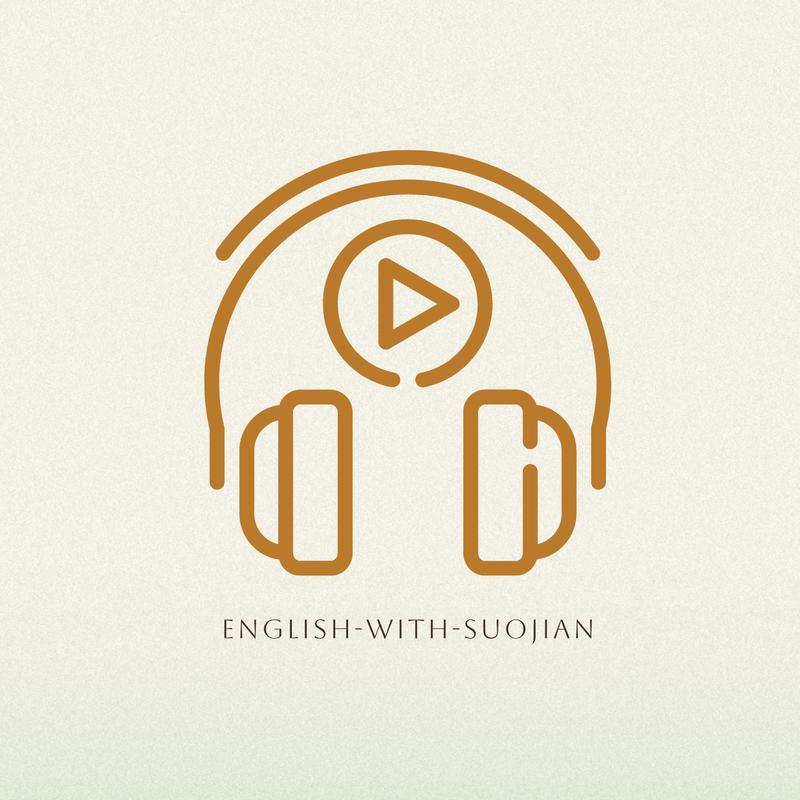
Is minimalism just about owning less?
For some people, minimalism just means not owning any stuff, it's a lifestyle choice. It means owning few possessions, living in largely empty space, and even eating minimalist food. No chips for the minimalists. They own shiny white tablets, shop at little grey stores, and don't have enough black plastic chairs.
For some, it's to do with architecture, and for others, it's a musical movement. In fact, minimalism is a philosophy with roots and branches in many places.
The word minimalism first turns up in 1965, in an article by British philosopher, Richard Wollheim, who wrote about artists with minimal art content. This negative description was turned into a positive by minimalist artists. They saw minimalism as a kind of pure art.
To quote the minimalist painter Frank Stella, "What you see is what you see." This isn't art that copies something real — a person's face, a nice horse or tries to depict a feeling. A minimalist art object is itself, and nothing else. All minimalism is, in part, a reaction.
In the case of minimalist architecture, it's a reaction to decoration, to ornament, and to fuss. Minimalist buildings are simple, and minimalist architects like Ludwig Mies van der Rohe, and Maya Lin create structures full of light and space. Their work can be summed up in Van der Rohe's famous statement that, "Less is more." Minimalist gurus, like Marie Kondo, believe in decluttering, but say, "It's not about knowing what to throw out, it's knowing what to keep."
A lot of minimalism can appear harsh and inhuman, the exception is minimalistic music. Pioneered by composers like Philip Glass, minimalist music features repetition, simple patterns, and phase shifting — the movement of a repeating item to create an arresting effect. Despite the often austere simplicity of the music, or because of it, many minimalistic pieces of music are profoundly moving and deeply emotional.
Minimalism is, in part, a reaction to the increasingly busy and loud world around us. Artists and consumers alike have reacted against the clutter and chaos of life and art, and created many disparate forms of minimalism.
Sometimes minimalism can seem confusing, as in Carl Andre's famous brick sculpture. Sometimes it can be stark, like a Mise van der Rohe office block. But sometimes, as in the field of minimalist music, minimalism can be beautiful.
词汇表
minimalism [ˈmɪnɪməlɪzəm] 极简主义
minimalist [ˈmɪnɪməlɪst] 极简主义者;极简主义的
tablet [ˈtæblət] 平板电脑
depict [dɪˈpɪkt] 描绘,描述
reaction [riˈækʃn] (对旧观念等的)反抗,抗拒
ornament [ˈɔːnəmənt] 装饰,点缀,摆设
fuss [fʌs] 繁琐,麻烦,多余之事
guru [ˈɡʊruː] 专家,权威,大师
decluttering [diːˈklʌtərɪŋ] 清理,整理,断舍离
harsh [hɑːʃ] 严酷的,刺耳的
inhuman [ɪnˈhjuːmən] 残酷的,无人情味的
composer [kəmˈpəʊzə(r)] 作曲家
phase shifting [feɪz ˈʃɪftɪŋ] 相位移动,相移
arresting [əˈrestɪŋ] 引人注目的,有吸引力的
austere [ɒˈstɪə(r)] 简朴的,朴素的,不加修饰的
clutter [ˈklʌtə(r)] 杂乱,混乱
chaos [ˈkeɪɒs] 混乱,无秩序
disparate [ˈdɪspərət] 截然不同的,不相干的
brick sculpture [brɪk] 砖块雕塑,砖雕
stark [stɑːk] 毫无修饰的,粗陋的,简单的
office block 办公大楼,写字楼
💡 翻译和pdf见公众号【琐简英语】,回复"1"可进【打卡交流群】
空空如也
暂无小宇宙热门评论

